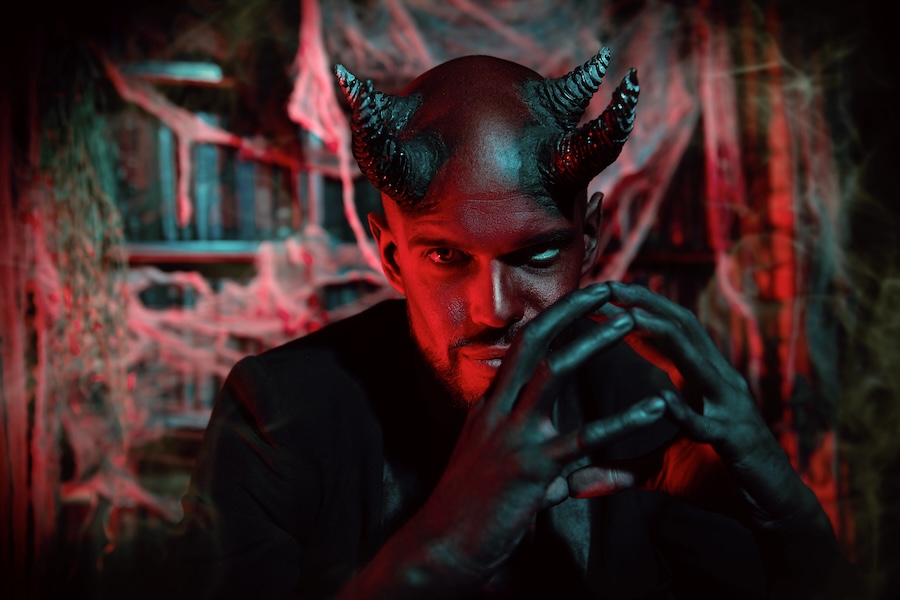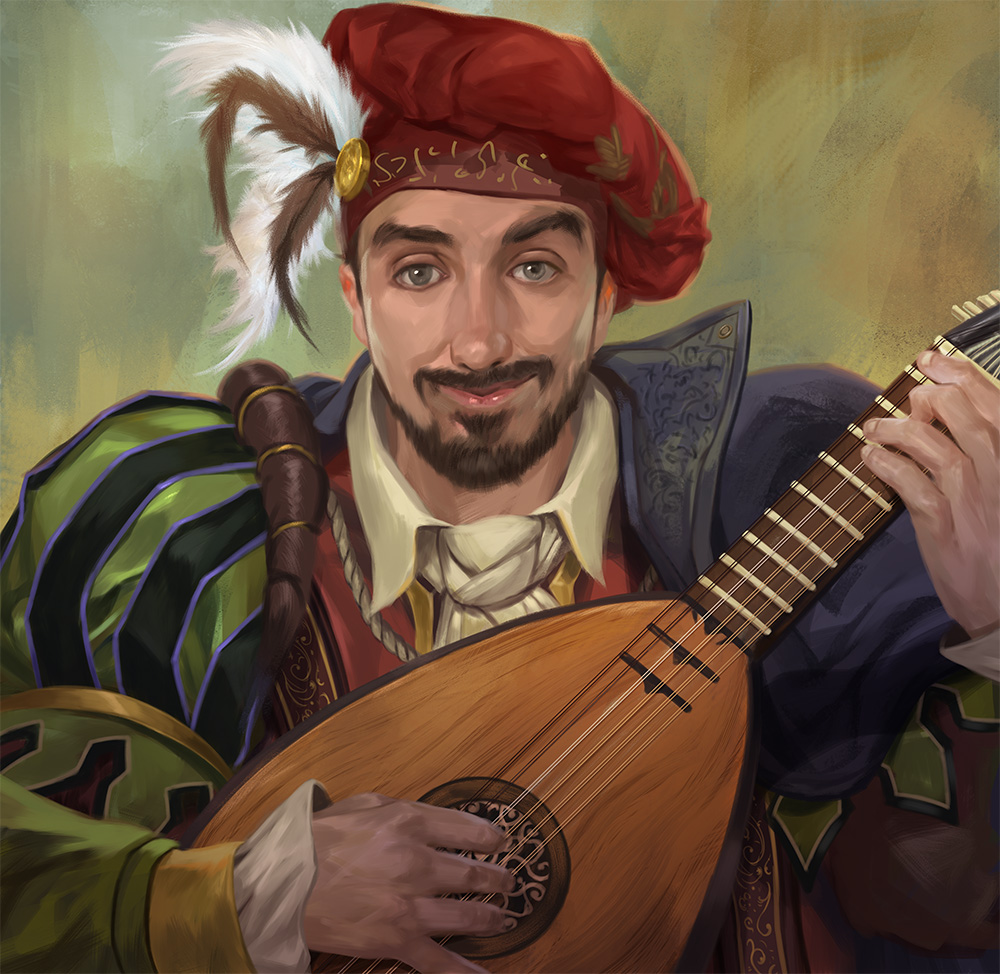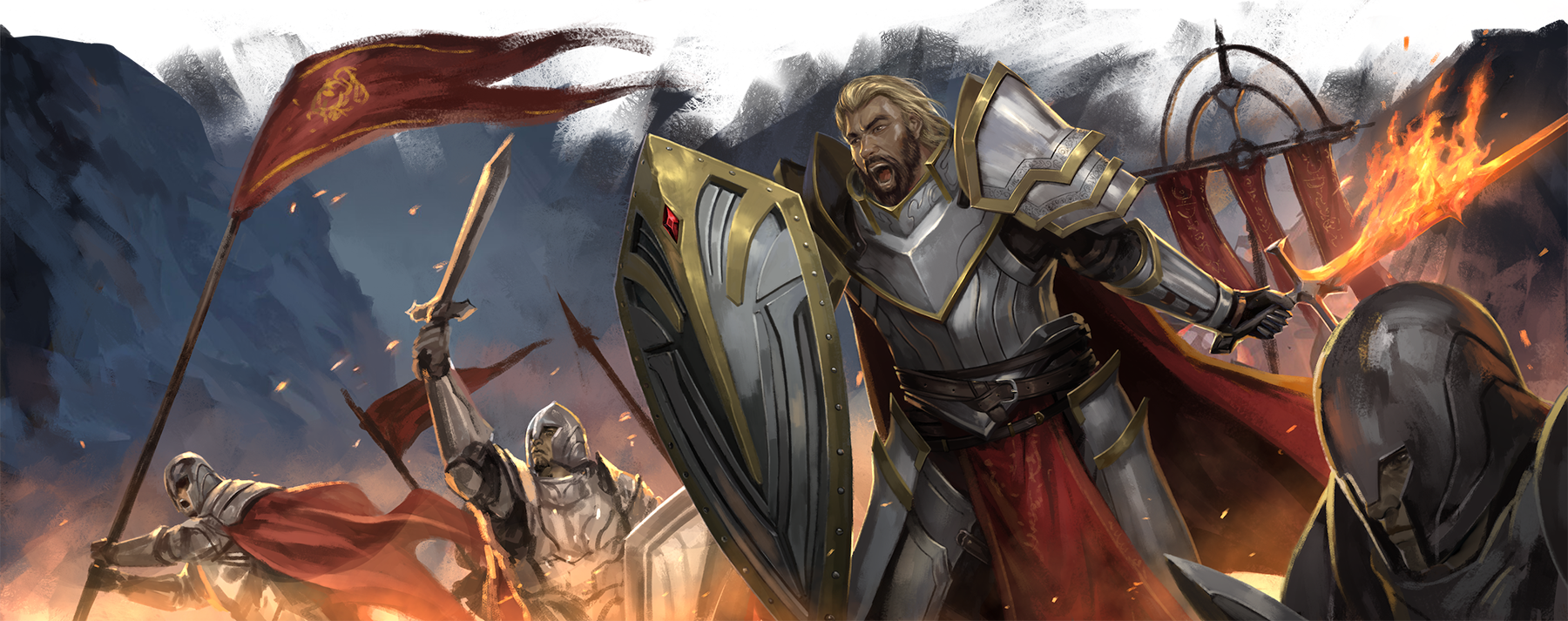Why Does the Devil Have a Goatee

 Joe Nightingale, MBBS, MSc
Joe Nightingale, MBBS, MSc

Cloven hooves, furry legs, ram-like horns, and a goatee. It's a familiar depiction of the incarnation of evil. Whether it's Hellboy or Futurama's robot devil, it's always the same. Throughout all of pop culture, we have decided the devil as a giant red animalistic creature with a long, thin goatee.
In the Bible, the devil or Satan is never depicted – no hooves or horns, not even a whisker on his chin. Though not initially intended to be the devil, the serpent or snake in the Garden of Eden is later identified with the fallen angel. In fact, we see minimal depictions of the devil until the medieval period, when the modern conception began to form.
Usually, in the pre-medieval period, the devil was either the serpent from Eden, a blue angel – as seen in the 6th-century mosaic at the Basilica of Sant'Apollinare Nuovo (Ravenna, Italy), or simply a dragon (aka "the beast"). So, what happened?
Going Back to the Bible

The Bible doesn't like goats. In fact, our language is full of phrases mocking goats: you get my goat, old goat, scapegoat. In the New Testament, Jesus, the good shepherd, draws the distinction between sheep and goats. Matthew 25:31-33 states: "The Son of Man … will separate the people one from another as a shepherd separates the sheep from the goats. He will put the sheep on his right and the goats on his left."
So, while the obedient, pure sheep ascend upwards, the ornery goats head to eternal damnation. Thus began the association of goats with Hell. But if this is the case, why didn't early Christians depict the devil with hooves and horns?
An Anti-Pagan Figure

Okay, so Satan is linked to goats. However, the animalistic invention is taken from a Greek pastoral deity – Pan. Part man, part goat (think Mr. Tumnus in Narnia), he is usually depicted with pipes and pitchforks, with hairy legs, horns, and a beard. (Oh, and he was known for his sizable genitals.)
Except Pan wasn't an evil figure – he embodied the wild woodlands and forest creatures. Unfortunately, to some early Christian figures, his overt sexuality and animal characteristics made him a dangerous deity. So, Pan slowly morphed into the devil – a cloven-footed beast representing everything contrary to the divine virtues. This transformation was not an overnight occurrence but a gradual assimilation of pagan imagery into Christian iconography to demonize pre-Christian beliefs.
From the Medieval Period to the Renaissance

In Dante Alighieri's "Inferno," the devil is portrayed as a monstrous creature with three faces and a body encased in ice, a far cry from the horned goat-man. This depiction further diversified the image of Satan, blending biblical text with medieval imagination. The "Inferno" influenced subsequent visual representations, embedding the idea of the devil as a complex figure of evil in cultural consciousness.
By the time of the Renaissance, artists like Hieronymus Bosch and Michelangelo depicted the devil in a more human form, albeit often with grotesque features. Bosch's "Garden of Earthly Delights" shows a bird-headed devil, while Michelangelo's "Last Judgment" in the Sistine Chapel features a serpent entwined, human-like Satan.
A Devil in Red

The devil's red skin is a late addition to the mythology. Originating from theater productions of "Faust" – a tale where a man sells his soul to a demon – the stage instructions introduced red tights. Around this time, the goatish features reemerge – the horns and goatee.
Indeed, the entire reason it's called a goatee is its link to the wisps of hair found on the chin of some goat species. The beard style goes back to – you guessed it – the god Pan in ancient Greece and Rome.
However, some people argue that the link between Pan and the devil is a Neo-Pagan invention. The animalistic depictions of the devil in medieval art are actually related to the satyr – a creature not dissimilar to Pan. Whatever the origins, the intention was always to make the devil as scary as possible.
Look Devilishly Handsome with Beard Sorcery

Unleash the magic within your beard with Beard Sorcery! Transform your facial hair from mundane to magnificent with our premium beard care products. Whether you're aiming for sleek sophistication or rugged charm, we have the elixir for every style.
Dive into our collection of oils, balms, and washes crafted with natural ingredients to nourish, style, and empower your beard. Join the legion of men who choose not just to grow their beards but to enchant them. Explore our products today and embark on a journey to elevate your beard game to legendary heights. Your beard's true potential awaits!

No comments yet…